Three are the cistercian abbeys that make up the main axis of the Cistercian tourist route, which you can visit on a sightseeing trip around Catalonia.
And all three have circumstances that give them a differentiated character, beyond being Cistercian abbeys.
Thus, after spending more than a century of abandonment, the poblet monastery It is currently run by a community of monks.
Instead, monastery of Santes Creus It is a building that was abandoned in 1835 during the Disentailment of Mendizábal, and after being declared National Monument during the 20th century, it is now open to visitors.
In turn, the monastery of Vallbona de las Monjas, which you can visit in a route through the province of Lleida, was founded at the same time, in the middle of the 12th century, and from then until today it has maintained a community of nuns.
All the information in detail
Curiosities history Vallbona de las Monjas monastery
To be more precise, it was abandoned for a few months immediately after the aforementioned Disentailment of Mendizábal, in 1835, but although the building became property of the State, the nuns continued to live in and maintain it.
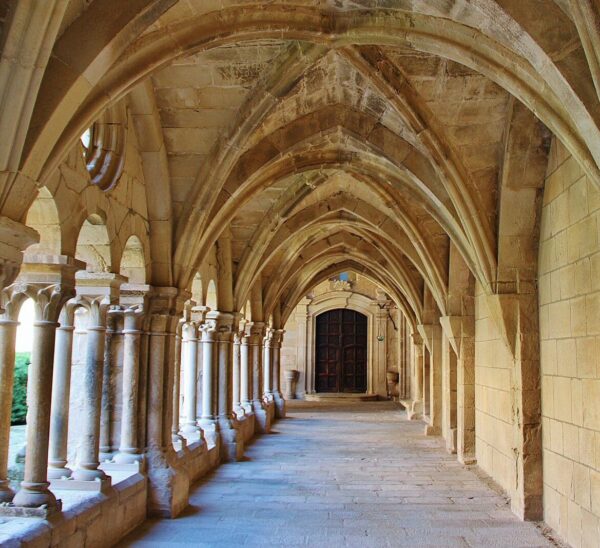
In fact, it is the only female monastery that you can visit in the aforementioned Cistercian Route.
Of course, in its heyday it housed up to 80 nuns and now only 8 nuns reside in the monastery.
It should be noted that throughout its history in the Vallbona monastery several kings stayed, such as Alfonso the Wise, Alfonso the Chaste y James the Conqueror.
And from this step remains the tomb of Violant from Hungary, second wife of the aforementioned James the Conqueror, who gave him offspring, and who wanted him Vallbona It was the place where his remains rested after his death.
What to see when visiting the Vallbona de las Monjas monastery
The building, like that of the other monasteries, follows in its construction the guidelines imposed by the Rule of Saint Benedict, such as being located in a place isolated from towns and ideal for agricultural work and contemplative life.
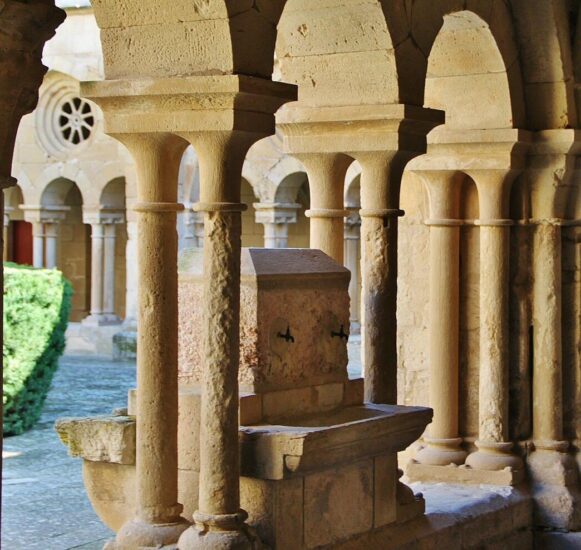
Cloister of the Vallbona de las Monjas monastery
When visiting its interior, without a doubt, cloister It will be one of the corners that will catch your attention the most.
Curiously, the four galleries show different architectural styles, as a result of the architectural evolution during the centuries in which it was built, between the 12th and the 15th.
Thus, the south wing built in the 12th century shows the greatest austerity with its style Cistercian Romanesque.
The east wing is also romantic style, but its columns already incorporate decorative plant elements compared to the smooth columns of the oldest section.
The north wing of cloister of the Vallbona monastery, built in the 14th century, has the splendor of the style ogival gothic, while, finally, the west gallery was built at the time of the Renacimiento on style Neo-Romanesque.
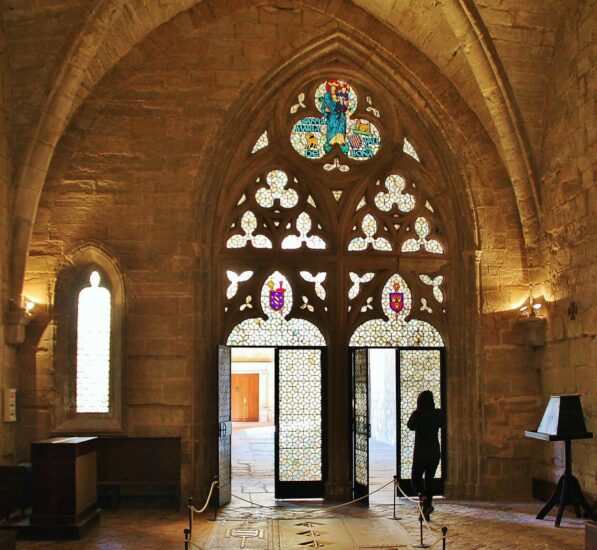
In this way, you walk through the cloister It will be a true review of architectural styles, with great contrasts.
Chapter House of the Vallbona de las Monjas monastery
From the cloister you will access the Chapter Room, where currently one of the 73 chapters of the aforementioned Rule of Saint Benedict.
De Gothic style, with a higher ceiling and ogives that let in more light, you will see in this room that until the 16th century it was the burial place of the abbesss of the monastery.

Church of the Vallbona de las Monjas monastery
For its part, the building of the iglesia It is from the end of the 12th century, in the shape of a cross and barrel vaults in the side chapels, and with a notable dome octagonal bell tower.
In the church there is the originally Romanesque figure of the Virgin of the Cloister, which in the 14th century was improved in Gothic style and was renamed Saint Mary of Vallbona.
ORGANIZE your TRIP
- Don't forget your TRAVEL INSURANCE with a 5% discount
- Book the HOTEL for your trip
- RENT a CAR for your trip
- The best TOURS and EXCURSIONS in Spanish
- NO-LINE TICKETS for museums and monuments
- Best FREE TOURS around the world
- Book your TRANSFER from the airport
- eSIM card with INTERNET at the best price
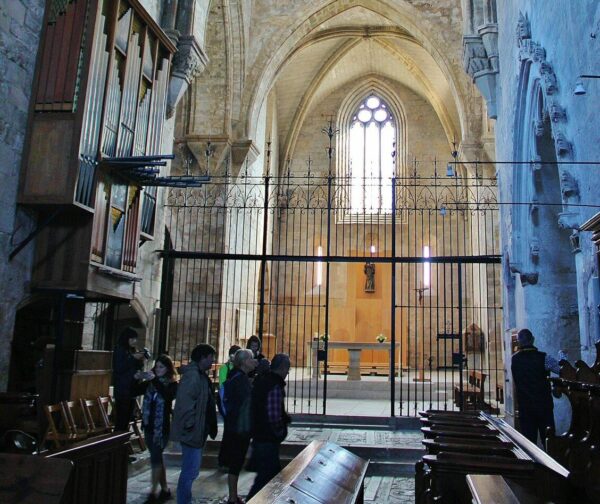
There you will also see the aforementioned tomb of Violant from Hungary, which will surely catch your attention due to its great austerity.
Vallbona monastery visit schedules
The Visiting hours of the Vallbona de las Monjas monastery They are, from March to October, every day of the week, from 10,30:13,30 a.m. to 16:18 p.m. and from XNUMX p.m. to XNUMX p.m.
On non-holiday Mondays the monastery is closed to visitors, except on Mondays in August, when you can visit.
The rest of the year, from November to February, it closes at 17 p.m. in the afternoons.
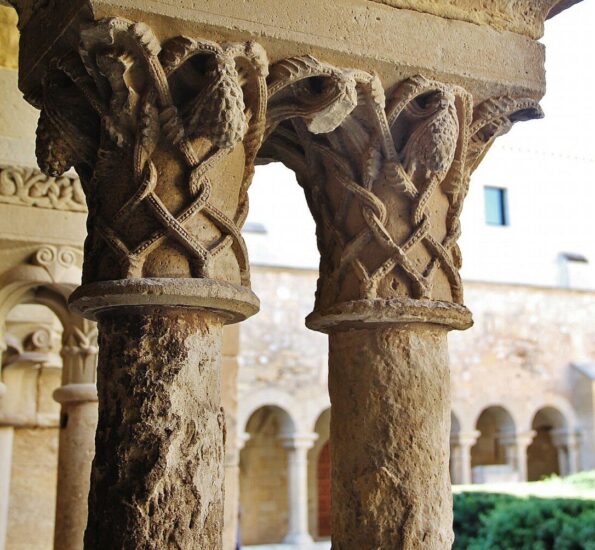
Vallbona de las Monjas monastery ticket prices
Please note that the visit to the monastery is done in guided groups leaving hourly, alternatively in Catalan and Spanish (in the latter case, at 11,30:13,30, 17:XNUMX and XNUMX p.m.).
The ticket prices They are the general one, 7 euros, and the reduced one, 5 euros, from which children from 9 to 15, retirees, students with a card and large families benefit.
Children up to 8 years old enter for free.
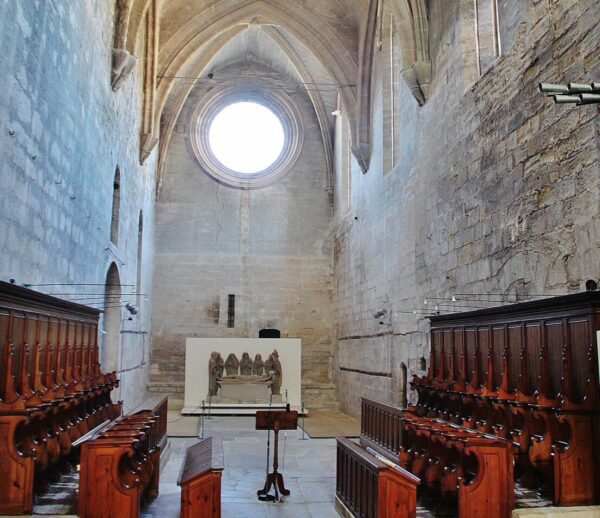
Map: how to get to Vallbona de las Monjas
El monastery of Vallbona de las Monjas you find it in the region of Urgell, north of the town of Montblanc. , In the province of lerida.




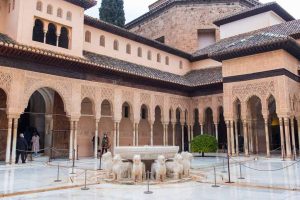
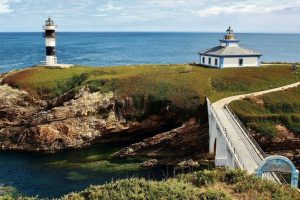











It's a very interesting article! Ideal to do next weekend with the family!